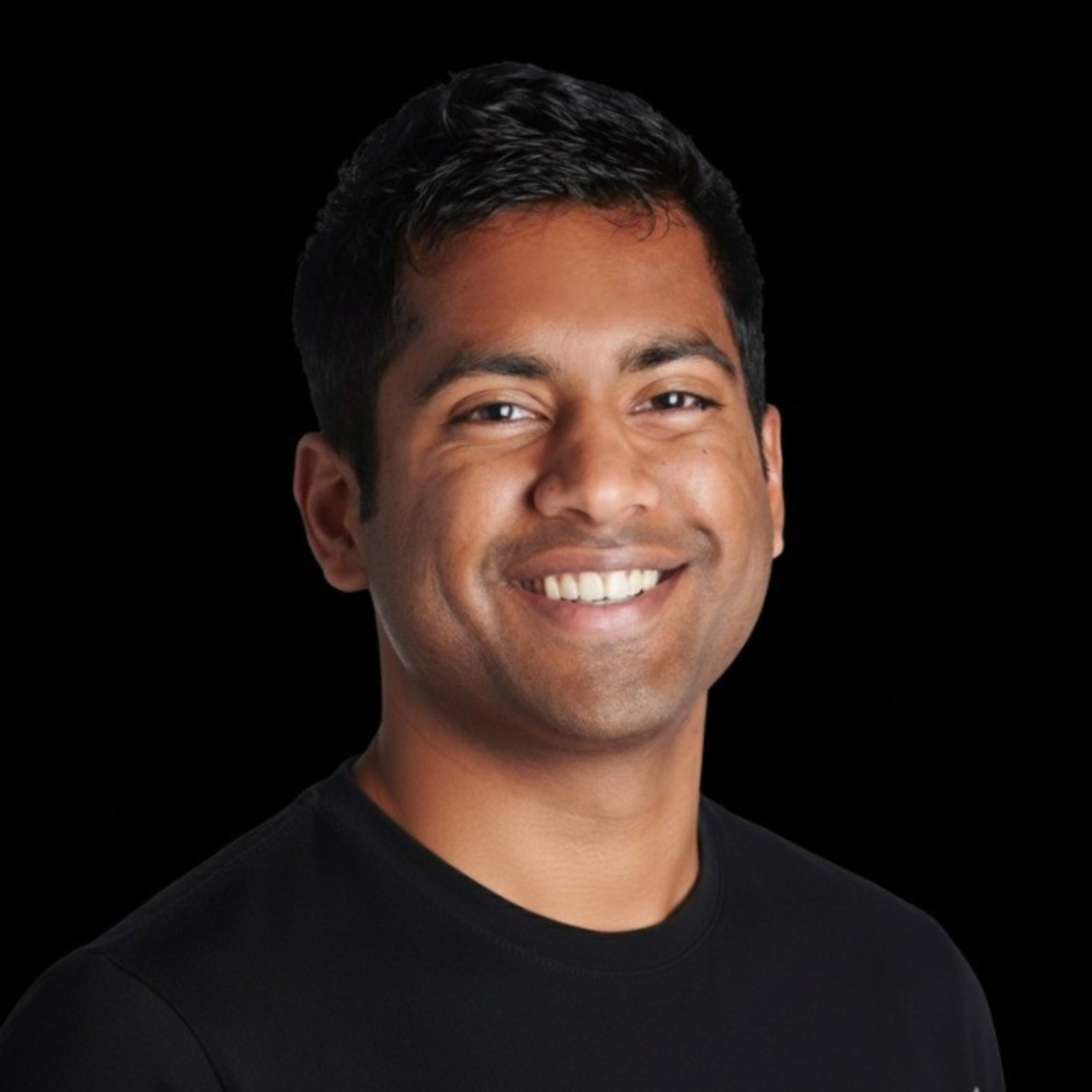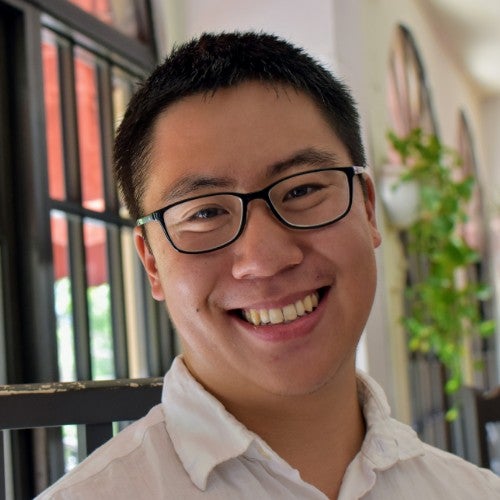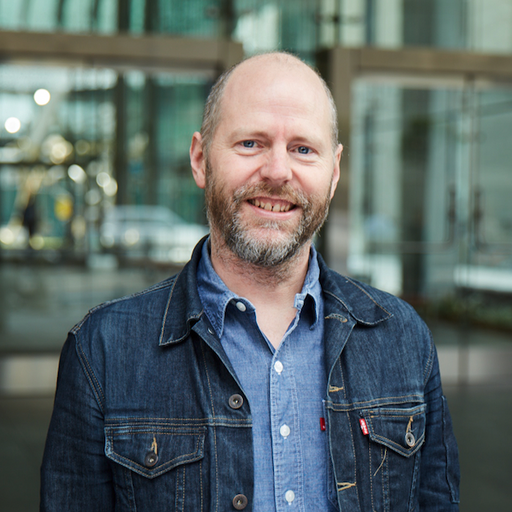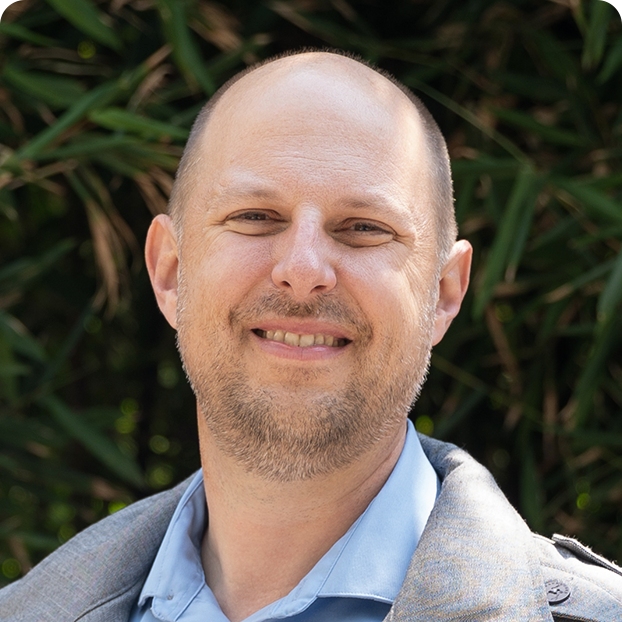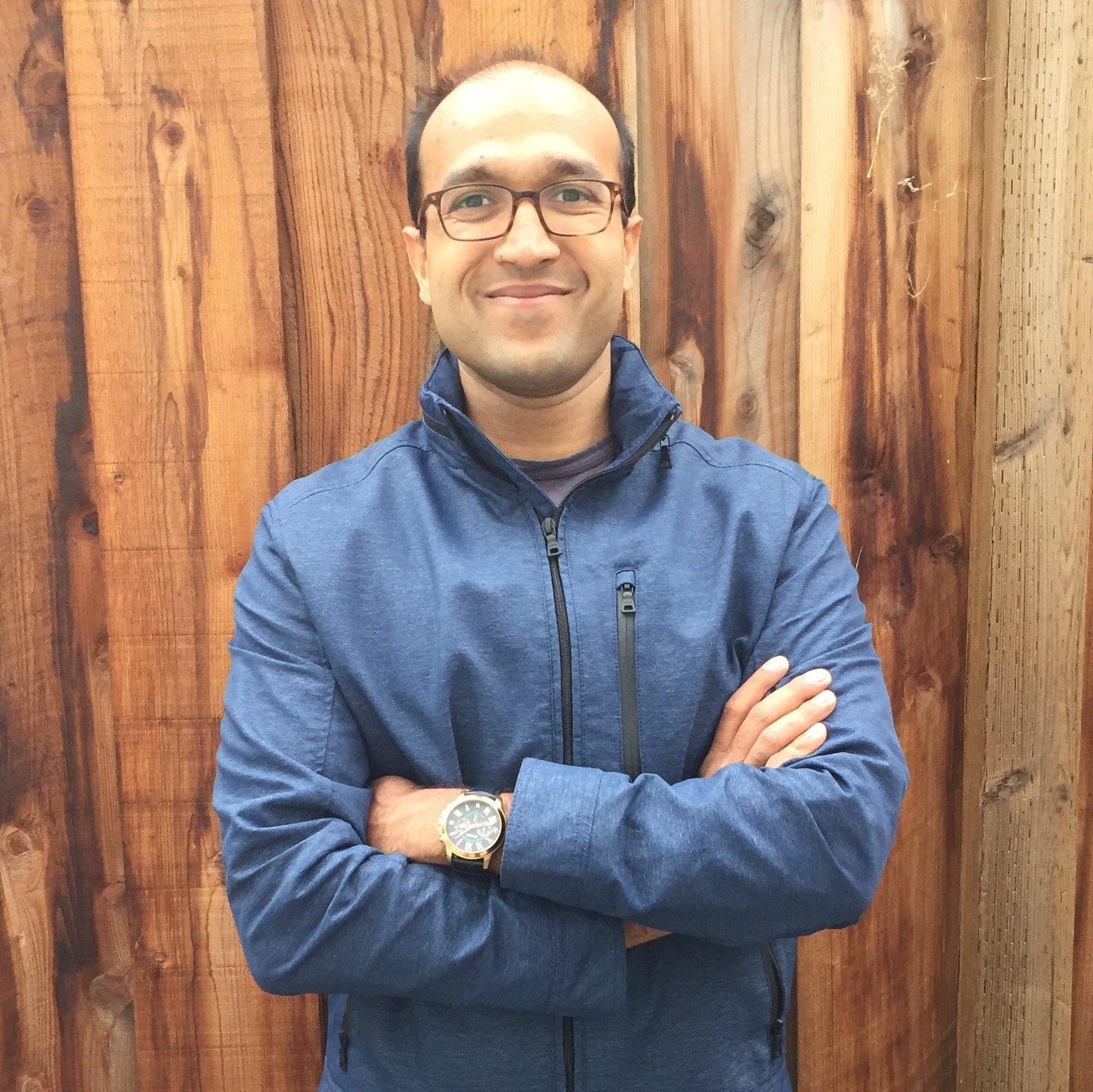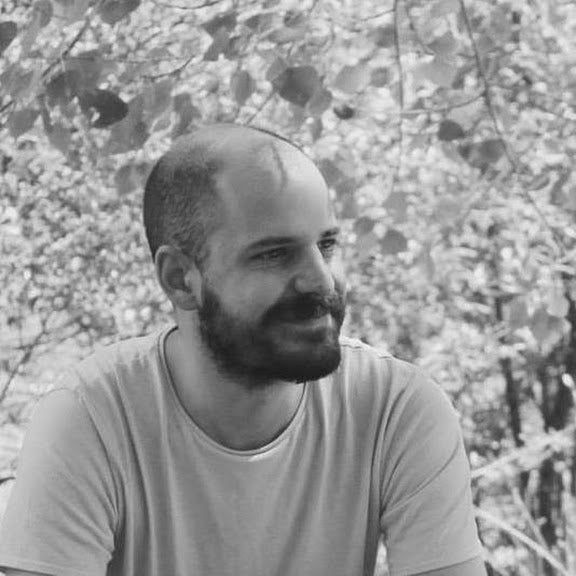Docker Captains are leaders from the developer community that are both experts in their field and are passionate about sharing their Docker knowledge with others. “From the Captain’s Chair” is a blog series where we get a closer look at one Captain to learn more about them and their experiences.
Today, we are interviewing Pradumna Saraf. He is an Open Source Developer with a passion for DevOps. He is also a Golang developer and loves educating people through social media and blogs about various DevOps tools like Docker, GitHub Actions, Kubernetes, etc. He has been a Docker Captain since 2024.
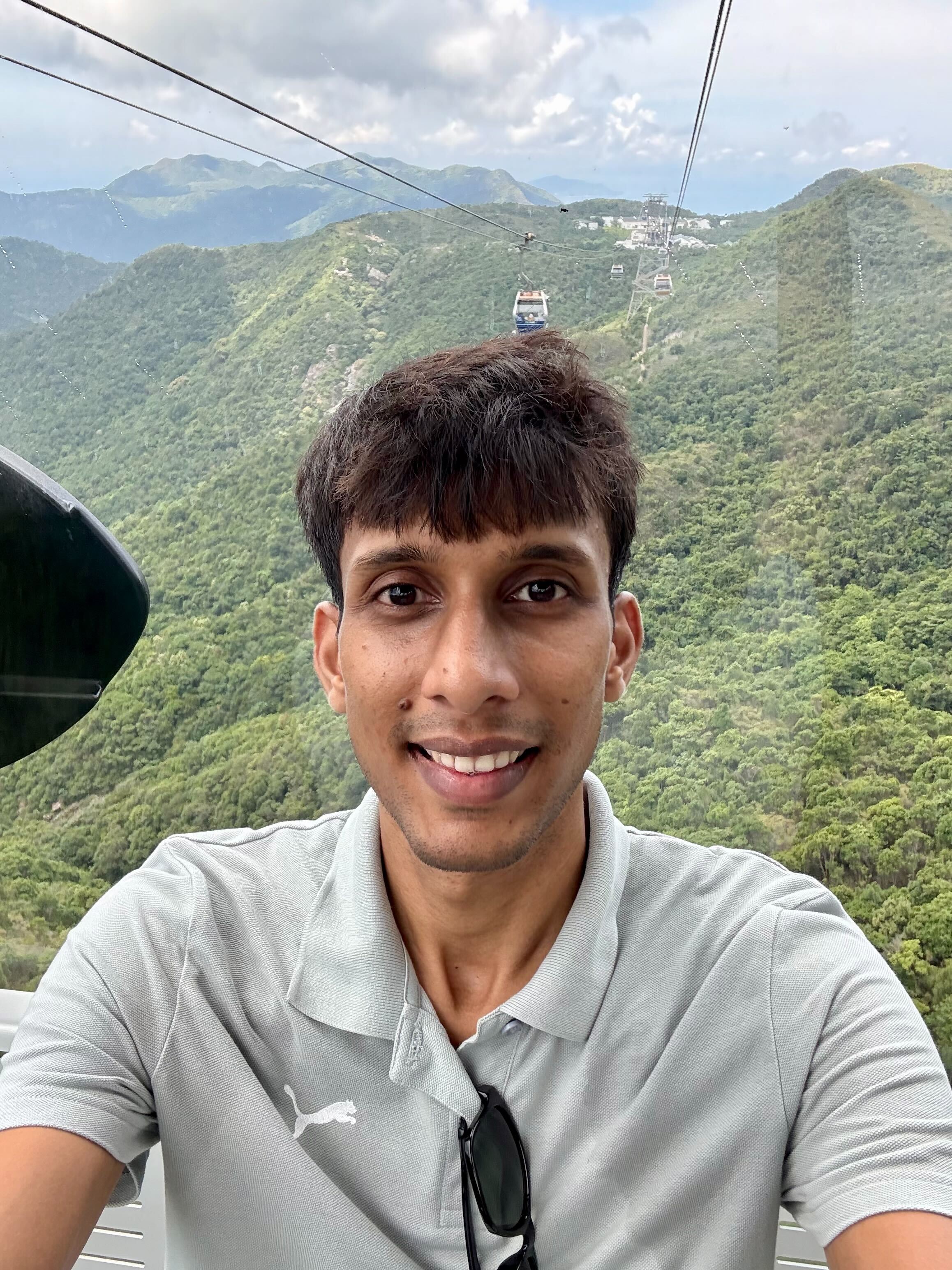
Can you share how you first got involved with Docker?
If I remember correctly, I was learning about databases, more specifically, MongoDB. Until that time, I had no idea there was something called Docker. I was trying to find a way to get the database up and running locally, and then I came to know from a YouTube video about how Docker is the most common and efficient way for running these kinds of applications locally, and then I skipped learning about databases and dived deep into learning Docker.
What inspired you to become a Docker Captain?
The community. Docker has always been working towards making the developer life easier and listening to the community and users, whether it’s an open source offering or an enterprise, and I wanted to be part of this community. Before even joining the Captains program, I was advocating for Docker by sharing my learning via social media, blogs, etc, and educating people because I was passionate and really loved the potential of Docker. Becoming a Captain felt natural, as I was already doing the stuff, so it was great to get the recognition.
What are some of your personal goals for the next year?
Writing more technical content, of course! Also, giving more in-person talks at international conferences. I also want to get back to contributing and helping open source projects grow.
If you weren’t working in tech, what would you be doing instead?
That’s an interesting question. I love tech. It’s hard to imagine my life without tech because getting into it was not a decision; it was a passion that was inside of me before I could spell technology. But still, if I were not in tech, I might be a Badminton or a Golf player.
Can you share a memorable story from collaborating with the Docker community?
Yes, there was a meetup in Docker Bangalore, India, where Ajeet (DevRel at Docker), a good friend of mine, and I collaborated, and he invited me to deliver a talk on Docker extensions. It was really nice meeting the community, having conversations over pizza about how various people and companies are using Docker in their workflow and bottlenecks.
What’s your favorite Docker product or feature right now, and why?
I am really biased towards Docker Compose. My favourite feature right now is being able to define models in a Docker Compose YAML file and start/stop an AI model with the same Docker Compose commands. Apart from that, I really like the standalone Docker Model Runner (DMR).
Can you walk us through a tricky technical challenge you solved recently?
I was working on an authorization project, where I was verifying users with the right set of permissions and letting them access the resource, and interestingly, Docker had a key role in that project. The role of Docker was a Policy Decision Point (PDP), which was running inside a container and listening to external requests, and was responsible for validating if the entity/user/request is authorized to access the particular resource with the right permissions. This was a particularly unique application of Docker, where I used it as a decision point. Docker made it easy to run, keeping it separate from the main app and making it scalable with almost zero downtime. It showed Docker can also be used for important services like authorization.
What’s one Docker tip you wish every developer knew?
Using multi-stage builds. It helps keep your images small, clean, secure, and production-ready. It’s such a simple thing, but it can make a huge difference. I have seen an image go from 1.7 GB to under 100 MB. Bonus: It will also make your pull and push faster, saving CI cost and making your overall deployment faster.
If you could containerize any non-technical object in real life, what would it be and why?
My age. I’d containerize age so I could choose how old I want to be. If I want to feel young, I will run Docker with an image with the age version of 20, and if I want to think more mature, I will run Docker with an image with the age version of 40.
Where can people find you online? (talks, blog posts, or open source projects, etc.)
People can find social media platforms like Twitter (X), LinkedIn, BlueSky, Threads, etc. For my open source work, people can find me on GitHub. I have many Docker-related projects. Apart from that, if people are more into blogs and conferences, they can find me on my blog and sessionize profile. Or just Google “Pradumna Saraf”.
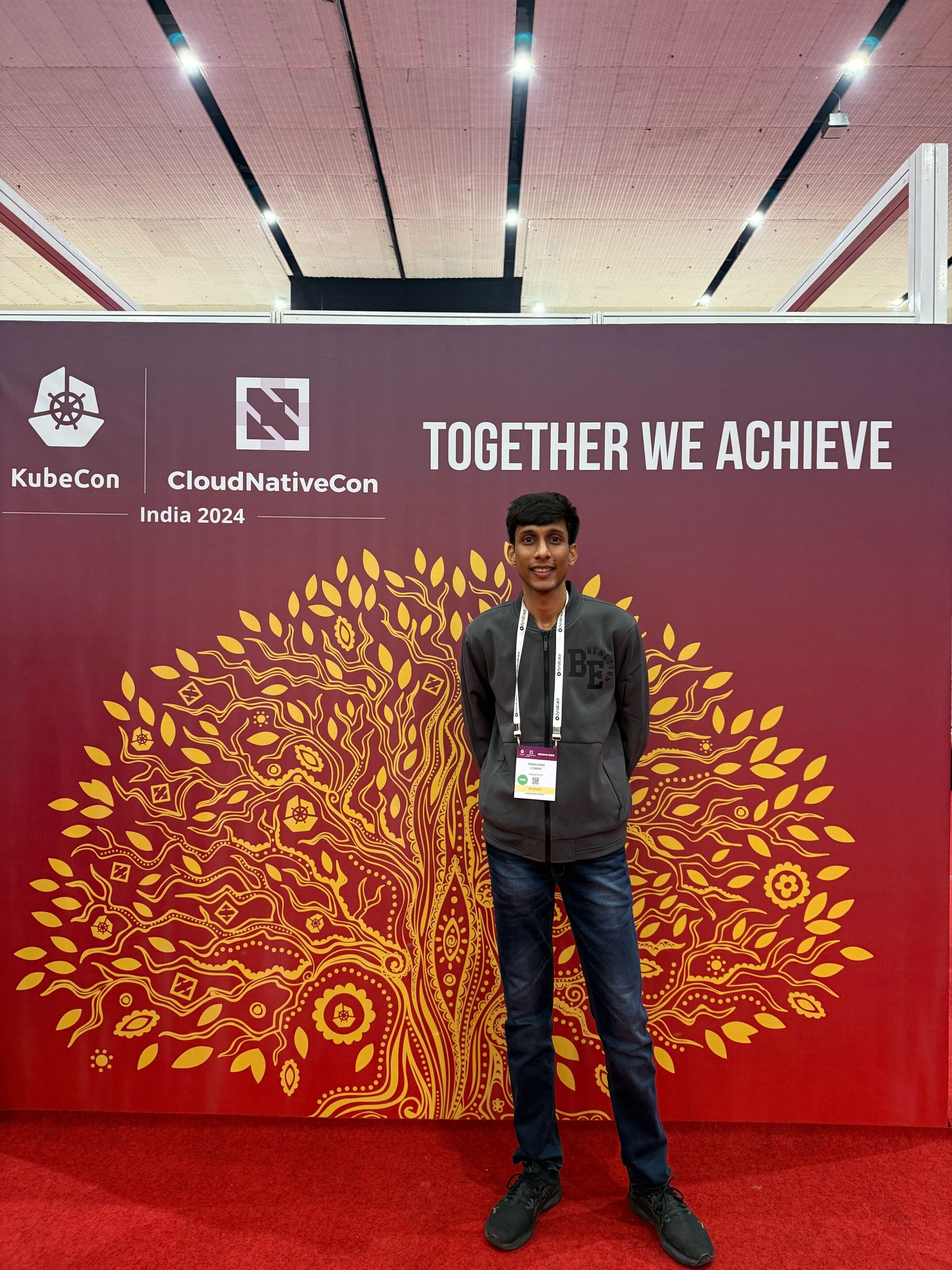
Rapid Fire Questions
Cats or Dogs?
Cats
Morning person or night owl?
Night Owl
Favorite comfort food?
Dosa
One word friends would use to describe you?
Helpful
A hobby you picked up recently?
Learning more about aircraft and the aviation industry.

